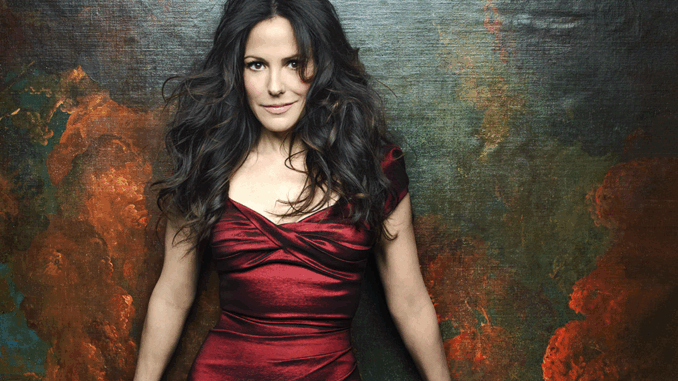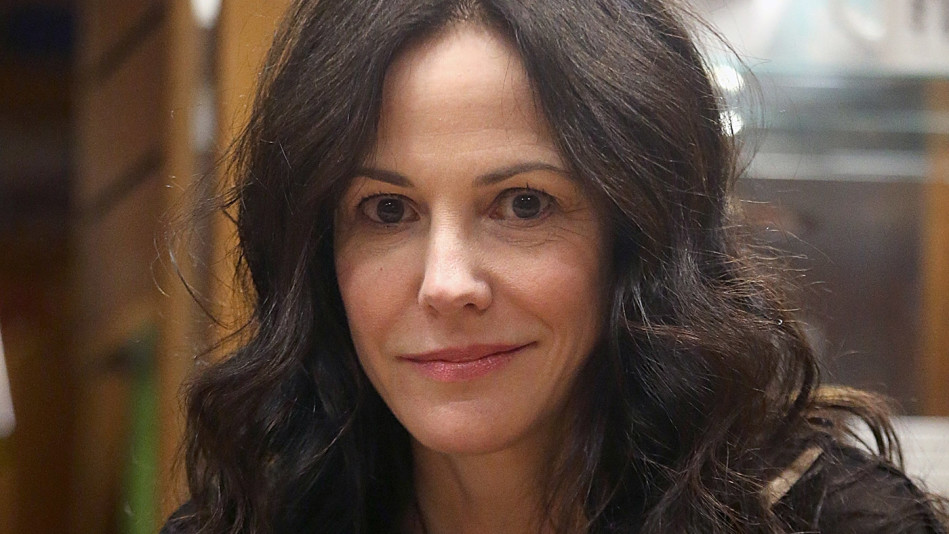
A Love Built on Resilience
By the time Ruth Jamison falls ill, she and Idgie Threadgoode have already built a life that defies social norms and expectations. Their café isn’t just a business — it’s a home, a sanctuary, a quiet act of rebellion. Together, they’ve raised Ruth’s son, nurtured a community, and formed a bond as close, and in many ways deeper, than marriage. But all of that is thrown into sharp focus when Ruth is diagnosed with cancer, and the specter of death enters their shared world.
The Slow Decline
The film treats Ruth’s illness with tenderness and quiet dignity. There are no melodramatic scenes, just a gradual dimming of her once-bright spirit. The camera doesn’t linger on her suffering, but on Idgie’s grief — evident in the way she stays by Ruth’s side, brings her tea, brushes her hair, and pretends, with increasing difficulty, that everything will be okay.
This period marks the first time we see Idgie truly vulnerable. The woman who once walked through bee hives and faced off against the law is now powerless against something she can’t fight. Her pain is unspoken, but it fills every glance, every silence between them.
The Death Scene: Quiet, Devastating, and Intimate
When Ruth finally passes, it’s in her bed, with Idgie beside her. There is no music swelling, no dramatic final words. Instead, there is a quiet, personal goodbye. Ruth’s last words — “I love you” — are soft, sure, and honest. And Idgie, tear-filled but composed, responds not with hysteria, but with reverence.
This moment is not just heartbreaking for Idgie — it is the symbolic end of their world. The café would never be the same. The light in Idgie’s eyes dims. And yet, she doesn’t collapse. She holds Ruth’s hand, steady as always, honoring her strength even in death.
Aftermath and the Quiet Grief

What’s most striking about Idgie’s mourning is how contained it is. She doesn’t weep publicly or close the café. Instead, she continues forward — keeping Ruth’s memory alive in daily rituals, in caring for her son, in every plate of food she serves. Grief becomes a companion, not a wound.
This form of grief — private, persistent — is deeply feminist in its portrayal. There’s no savior, no redemption arc, just the hard truth of loss and the quiet resilience it demands. It shows us a woman navigating heartbreak not through drama, but through love transformed into endurance.
The Legacy of Ruth’s Life and Death
Ruth’s passing doesn’t end the story — it defines the rest of it. Evelyn, the modern woman hearing these tales, takes strength from Ruth’s courage and Idgie’s devotion. Ruth becomes a symbol of survival, even in death — the soft counterbalance to Idgie’s wildness.
And in the bigger picture, Ruth’s death teaches the audience about the beauty of chosen family, the strength found in love that defies labels, and the grace that comes from caring for someone even when it hurts.
Ruth’s death in Fried Green Tomatoes is not just a plot point — it’s an emotional climax that reshapes everything. It reveals the depth of Idgie’s love, the strength of their bond, and the quiet power of grief carried with dignity. It’s one of the most poignant moments in the film, not because it shouts, but because it whispers: love like this leaves a mark, even in goodbye.
